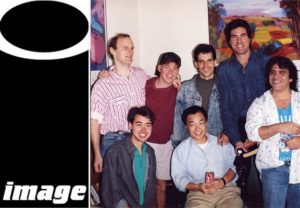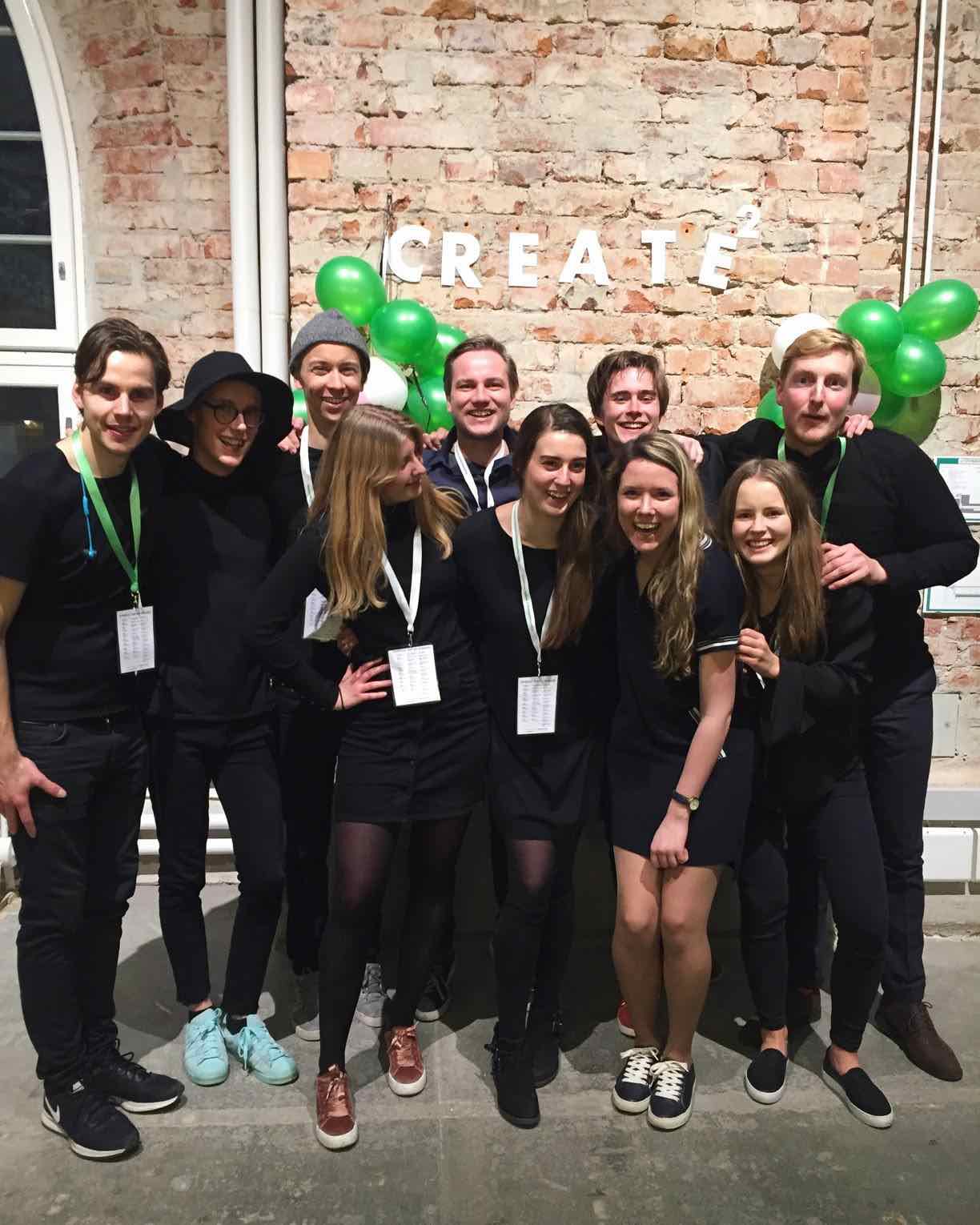As an entrepreneur, we need to be aware of what needs to be done in order to be successful and most importantly what should not be done. Blunders that should be avoided are learnt from ones own experience – from the lessons learnt through what we failed to do and where we failed to do so and most importantly from the history. Here is a list of 5 established companies that have made the biggest blunders that has either brought a huge loss or simply removed them from the competition:
- Kodak
This Rochester based company has nearly survived almost 120 years. It was the pioneer of film and digital photography. It had successfully penetrated into various fields from amateur photography to Hollywood movie making. With huge profits made from colour films, Kodak started to diversify. It made films for X-ray, MRI and CT scans for WWII. It also got into printing business in the 50’s and 60’s. In 1962, it provided film for John Glenn’s orbit around the earth. Cameras used by Apollo 11 were from Kodak. It was Kodak’s engineers who had created first ever image sensor and OLED. So, what made a company holding so many patents and that created the first ever digital SLR lose market share in the 19th century? Kodak was hesitant to move fast and forward with their digital camera technology because their focus was majorly on the film industry. Hence, it was overtaken by Nikon, Canon and Sony. Feel free to read more on the history of Kodak.
- Excite
It is said to be the Google of it’s own days. In 1999, Excite was the 2nd most popular search engine after Yahoo and Google was nowhere close to them in the market then. It was sometime then, that Larry Page decided to sell Google to Excite for $750,000 but apparently refused the offer. Now, Google is worth $180 billions. Later Excite got bankrupt and was bought by Ask Jeeves which was less than 2% of the search market share.
- Nokia
For most of you reading this, Nokia would have been your first cellphone that you owned. Mine was model number 3310 if I could vaguely remember. This mobile manufacturer was so dominating that it had 50.9% of the market share in 2007. After the launch of Apple’s iPhone, the software team at Nokia, feeling the threat, split into two – one working to improve Symbian and the other trying to create a new operating system. These teams were in constant battle with each other for resources. This internal struggle could be one of the reasons that Nokia could not come up with a better OS for their mobile phones. In such a situation, their logical move should have been to fall back to Android. Refusing to use Google’s open source Android software was their biggest mistake. It is also said that Nokia was more of an engineering company and that it should have focused on improving it’s marketing skills.
- Blockbuster
Blockbuster is an American-based home movie and video games rental service provider that provided this service through its stores and by mail. The reason why Blockbuster became a hit in the 1990’s was that it had its stores open late in the evening when other stores closed down, shelved all the movies unlike its rivals, keeping it behind the counter and even used computer systems and scanners to track the tapes and ease the checkouts. Things started getting slightly tough with the internet on the rise on one hand and Amazon starting to enter the market from selling books to selling DVDs and a then small company called Netflix starting out their subscription services on the other hand. At one point, Blockbuster reached a peak of more than 9,000 stores in 2004 (The New York Times). This ‘competitive advantage’ turned into one of the major contributors for the downfall of Blockbuster, as online streaming became more popular. Only if the Blockbuster CEO had accepted the deal to acquire Netflix, Blockbuster would have been able to remain in the competition. However, the rejection of the deal showed how Blockbuster was resistant to change (from Bay Street Blog) and in-fact the CEO assumed that the brick and mortar stores where their niche.
- Xerox
I wonder how many of us knew that Xerox had invented one of the best computers. Xerox Alto had various elements of Graphical User Interface (GUI) that modern computers have. It was complete with a mouse, keyboard, CPU with a monitor, removable data storage and also powerful enough. The first machines of Alto were introduced on 1st March 1973,[1] a decade before mass market GUI machines arose. The GUI was so user friendly that it was seen as the future of computing technology. Apple later bought this technology from Xerox as Xerox failed to foresee the potential of what it was then holding. Had it realised the power of Alto, I guess some of us would be owning a Xerox laptops by now.
To sum it up, we could connect the dots of all these blunders made and boil it down to the following: failing to foresee the future technology, stubborn to revise ones business model, underestimating the potential rivals and not making a move to acquire them in their nascent stage, failing to have a backup plan to fall back to seem to be the major reasons that these companies have failed.
Please feel free to share your thoughts and learnings that every entrepreneur has to remember so that we don’t get into these same situations.
Inspiration for this article: Worst Company Disasters by ColdFusion TV
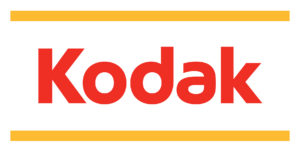
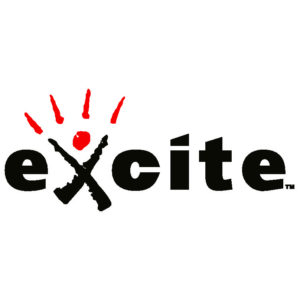
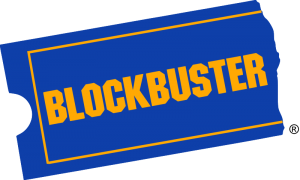

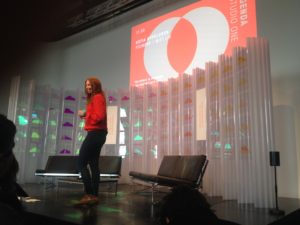
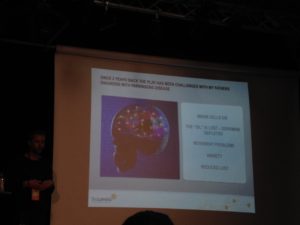
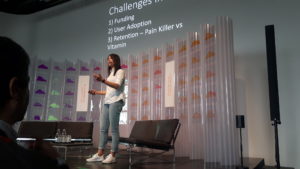
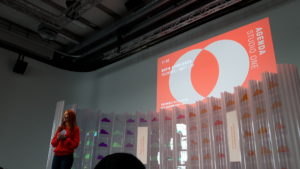
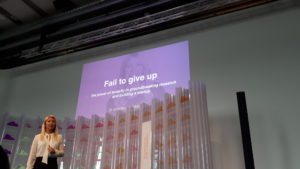
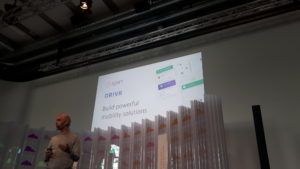
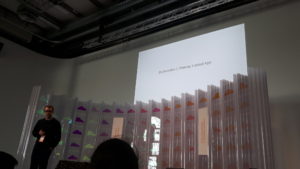
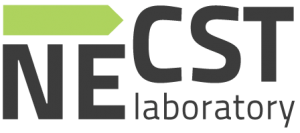

![IMG_20161105_162746[1]](http://intopreneur.com/wp-content/uploads/2017/04/IMG_20161105_1627461-300x168.jpg)
